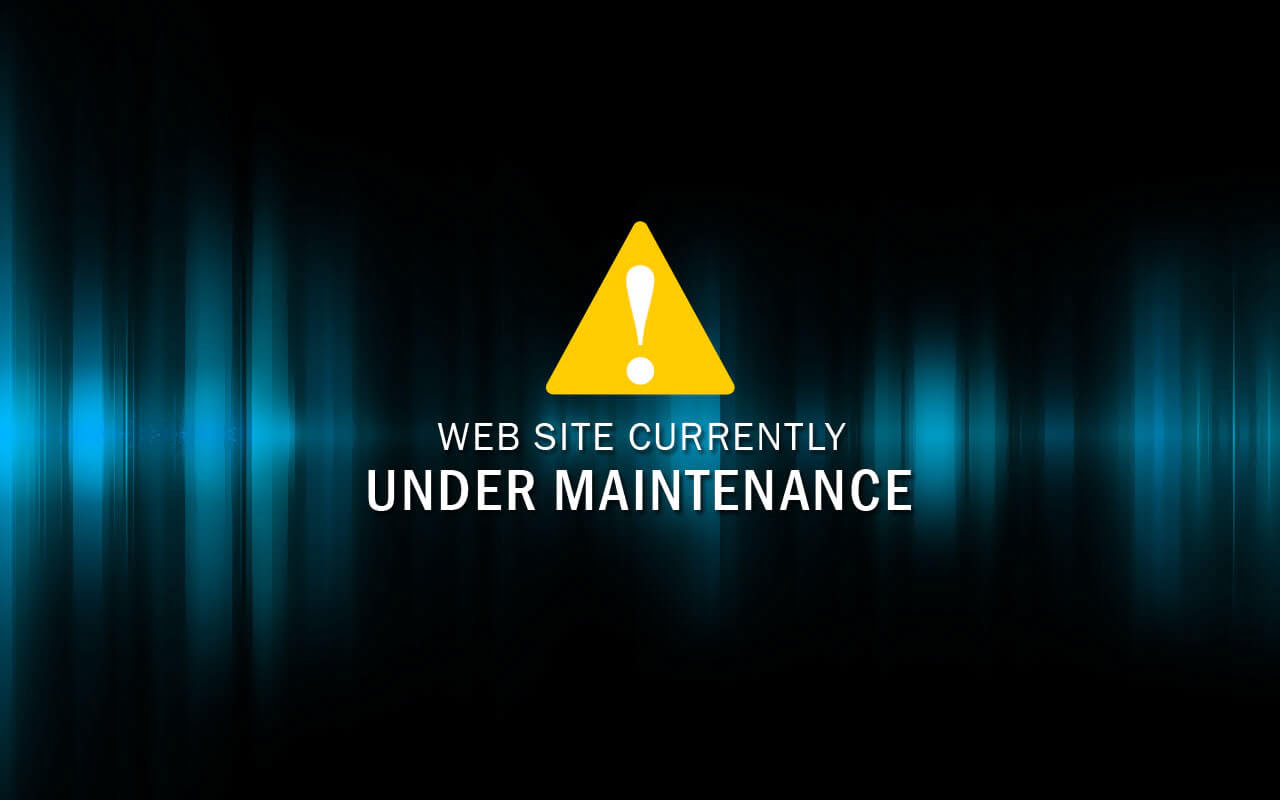In the ever-evolving digital landscape, websites have become the frontiers of information, commerce, and social interaction. However, just like any technological asset, websites can face downtime, leaving users puzzled and sometimes frustrated.
Knowing whether a website has been taken down, either temporarily or permanently, involves understanding the nuances behind web operations and the signals that indicate a website’s status.
This comprehensive guide delves into the methods and tools available to determine if a website is experiencing downtime, providing insights into the digital world’s dynamics. Check out IsDwonStatus to see a website’s current status.
Table of Contents
The Basics of Website Downtime
Website downtime refers to periods when a website is inaccessible to users. This can be due to various reasons, including server maintenance, technical glitches, or deliberate takedowns.
Downtime can be categorized into planned, where the site’s administrators schedule maintenance or updates, and unplanned, which can occur due to unexpected issues. Recognizing the type of downtime is the first step in understanding whether a website has been taken down intentionally or is merely experiencing temporary issues.
Key Indicators of Downtime
When attempting to access a website, several indicators can suggest that it is down. Error messages such as “404 Not Found,” “503 Service Unavailable,” or “500 Internal Server Error” are common indicators of different issues.
A “404 Not Found” error often means that the page you are trying to reach doesn’t exist on the server, which could be due to the site being moved without redirecting the old links. Meanwhile, “503 Service Unavailable” suggests the server is temporarily unable to handle the request, possibly due to maintenance or overload, whereas “500 Internal Server Error” indicates a more serious problem within the website’s server.
Utilizing Online Tools

A variety of online tools can help ascertain a website’s status. Websites like Down for Everyone or Just Me, Is It Down Right Now, and Uptime Robot offer real-time insights into whether a website is universally inaccessible or if the problem is isolated to your connection.
These tools work by attempting to access the target website from different servers located around the globe, providing a comprehensive view of the site’s accessibility.
The Role of Web Archives
Web archives like the Wayback Machine allow users to view historical snapshots of websites, providing clues about their operational status over time. If a website has been down for an extended period, checking its most recent snapshots can offer insights into when and possibly why it went offline.
This method is particularly useful for determining if a website has been permanently taken down or if it’s undergoing a prolonged period of maintenance.
Social Media and Forums
Social media platforms and online forums can be invaluable resources for gathering user-reported issues regarding website downtime. Platforms like Twitter often feature real-time updates from both users and official website accounts about the status of a website.
Online forums and communities related to specific websites or industries can also offer insights and discussions about downtimes, providing a broader context to the situation.
Contacting Website Administrators
For those seeking direct confirmation of a website’s status, contacting the site’s administrators or support team can provide definitive answers. Most websites have contact information or support channels for inquiries. Reaching out through these means can clarify whether the site is undergoing temporary issues, or maintenance, or has been taken down for legal or other reasons.
Advanced Techniques for Tech-Savvy Users

For users with technical expertise, more advanced methods can shed light on a website’s status. Tools such as traceroute or ping can help trace the path data takes to reach the website’s server, identifying where blockages or failures occur.
Additionally, checking the website’s DNS records can reveal changes that might indicate a site relocation or shutdown. These methods require a deeper understanding of network protocols and should be approached with caution to avoid misinterpretation.
The Importance of Context
When investigating a website’s downtime, context is crucial. Understanding the nature of the website, its typical uptime reliability, and any recent news or updates about the site can provide valuable clues.
For example, a website known for high reliability experiencing sudden downtime could indicate unplanned technical difficulties, whereas a site with a history of legal issues might be down due to external interventions.
FAQs

What steps can I take if I keep getting a ‘404 Not Found’ error for a website I know exists?
If you’re consistently receiving a ‘404 Not Found’ error for a website you’re certain should be accessible, first try clearing your browser’s cache and cookies, as outdated files stored in your browser can sometimes cause this issue.
If that doesn’t work, try accessing the site from a different browser or device to rule out local issues. Additionally, using a VPN can help determine if the website is being blocked by your local network or country.
How can I differentiate between a website that’s down for everyone versus just for me?
To differentiate if a website’s downtime is universal or just affecting you, use online status checker tools like Down for Everyone or Just Me, which can confirm if others are experiencing similar access issues. Additionally, checking the website’s social media pages for updates or using a VPN to see if the issue persists from a different network location can provide further clarity.
Are there any browser extensions that can monitor and notify me when a website goes down?
Yes, there are several browser extensions designed to monitor website status and notify you of any changes. Extensions like “Website Uptime Monitor” for Chrome or “Distill Web Monitor” for Firefox can track selected websites and alert you when they become inaccessible. These tools are particularly useful for keeping tabs on frequently visited sites or critical online services.
Can a website be down for maintenance without displaying a maintenance message?

Yes, it’s possible for a website to be down for maintenance without showing a specific maintenance message. Some websites may display generic error codes such as “503 Service Unavailable” during maintenance periods, while others might not have configured maintenance notifications.
In such cases, checking the website’s official social media channels or support forums may provide information about maintenance schedules.
How long does the average website downtime last?
The duration of website downtime can vary widely depending on the cause and the site’s infrastructure. For planned maintenance, downtime might last from a few minutes to several hours, with most websites aiming to minimize this time to avoid disrupting users.
Unplanned outages due to technical issues can be more variable, ranging from minutes to, in extreme cases, days if significant repairs or data recovery is needed.
What legal or external reasons might cause a website to be taken down permanently?
Websites can be taken down permanently for various legal or external reasons, including copyright infringement, violation of terms of service, regulatory compliance issues, or due to legal actions by governments or private entities.
Additionally, websites involved in illegal activities or those that pose security threats are often shut down by law enforcement or cybersecurity agencies. In such cases, the takedown is usually accompanied by an official notice or announcement from the responsible authority.
Final Words
Determining if a website has been taken down involves a blend of observational skills, technical knowledge, and the utilization of various online tools and resources. Whether you’re facing a simple connection issue or investigating a potentially permanent takedown, the methods described in this guide offer a comprehensive approach to diagnosing website downtime.
As the internet continues to evolve, staying informed and adaptable is key to navigating its complexities. Remember, patience and a systematic approach will serve you well in unraveling the mysteries of website accessibility in 2024 and beyond.
Related Posts:
- Which Country Has the Most Expensive Taxi Ride? 2024 Guide
- Essential NYC Move Guide: 10 Things to Know Before…
- What Are the Key Aspects of Driving Traffic to a Website?
- Amber Heard's Net Worth - how Has It Changed Since…
- How Old Is Snoop Dogg? His Net Worth Has Only Grown With Age
- What Energy Drink Has the Most Caffeine ─ Exploring…













